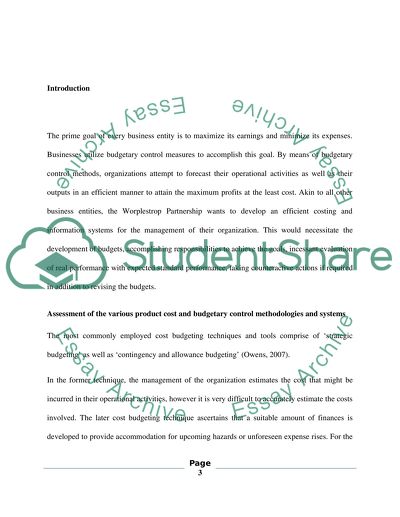Cite this document
(“Worplestrop Case Study Essay Example | Topics and Well Written Essays - 2000 words”, n.d.)
Retrieved from https://studentshare.org/finance-accounting/1450544-worplestrop-case-study
Retrieved from https://studentshare.org/finance-accounting/1450544-worplestrop-case-study
(Worplestrop Case Study Essay Example | Topics and Well Written Essays - 2000 Words)
https://studentshare.org/finance-accounting/1450544-worplestrop-case-study.
https://studentshare.org/finance-accounting/1450544-worplestrop-case-study.
“Worplestrop Case Study Essay Example | Topics and Well Written Essays - 2000 Words”, n.d. https://studentshare.org/finance-accounting/1450544-worplestrop-case-study.


